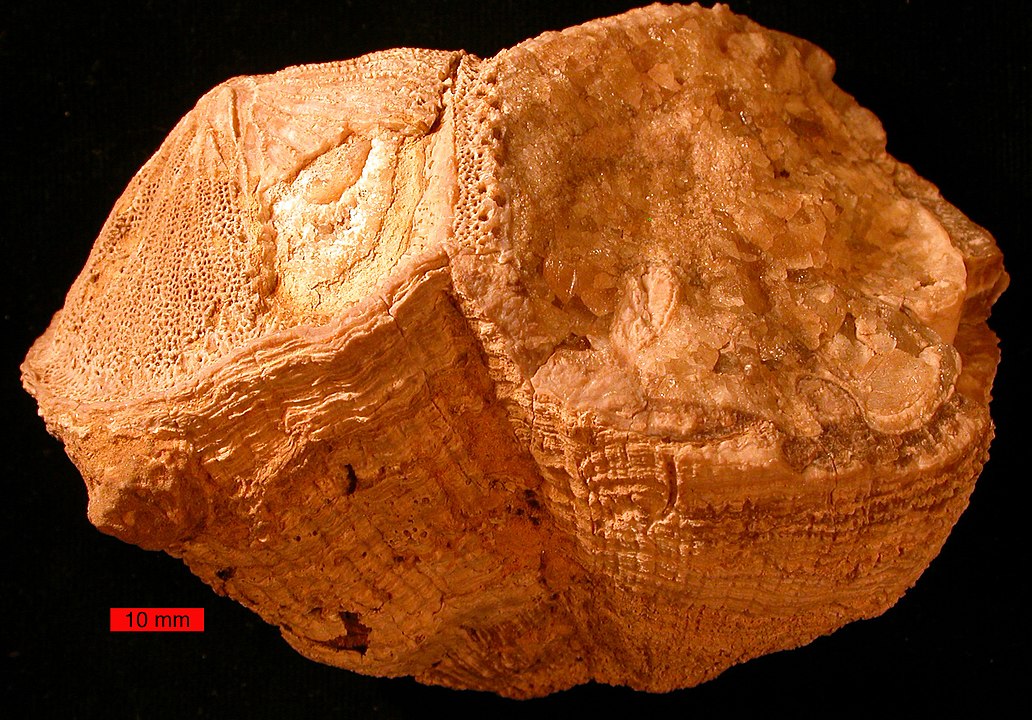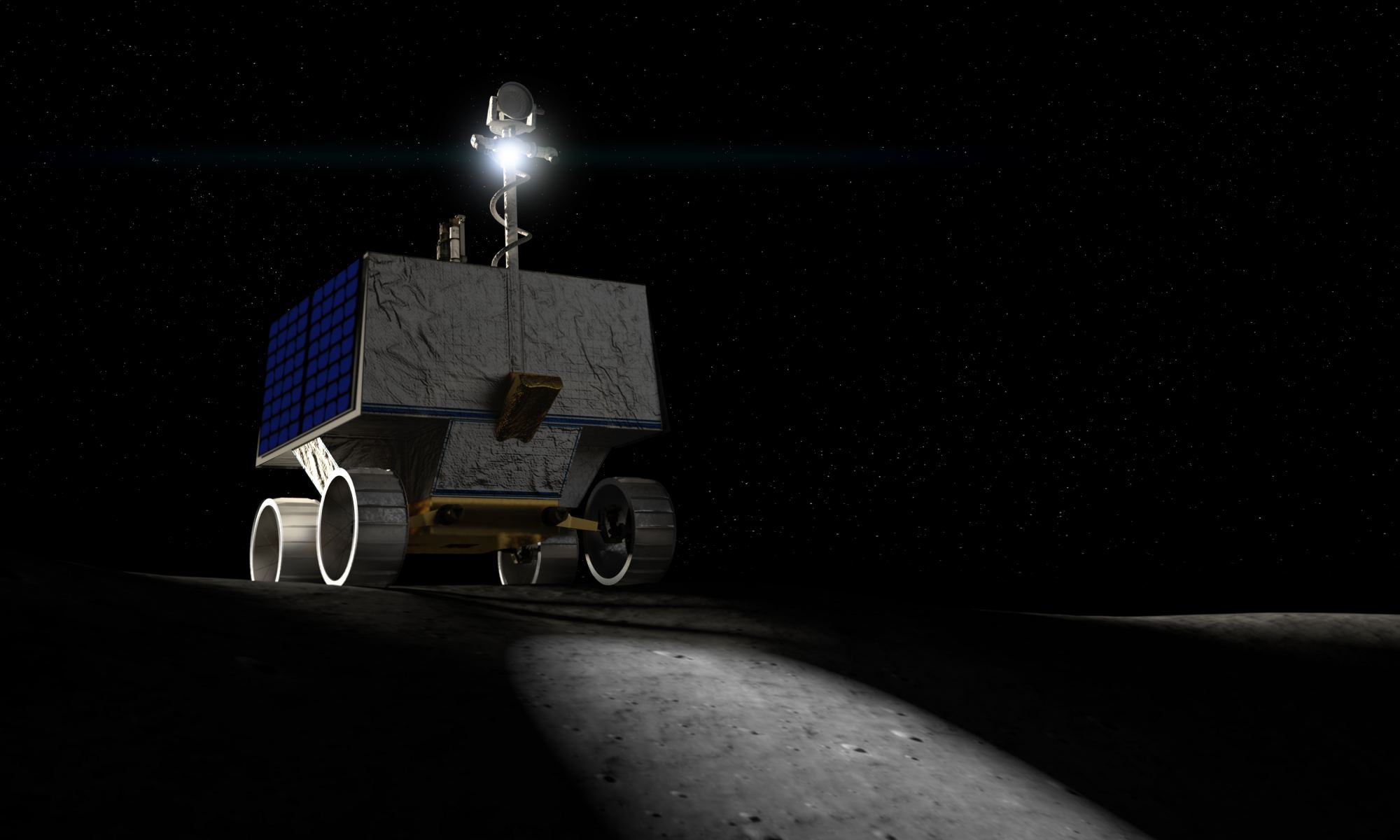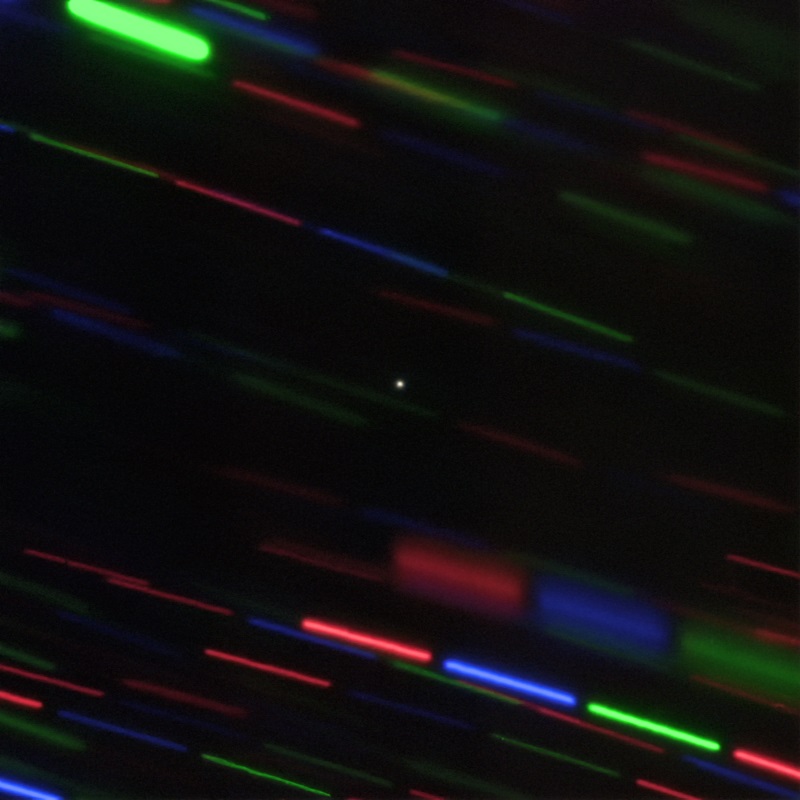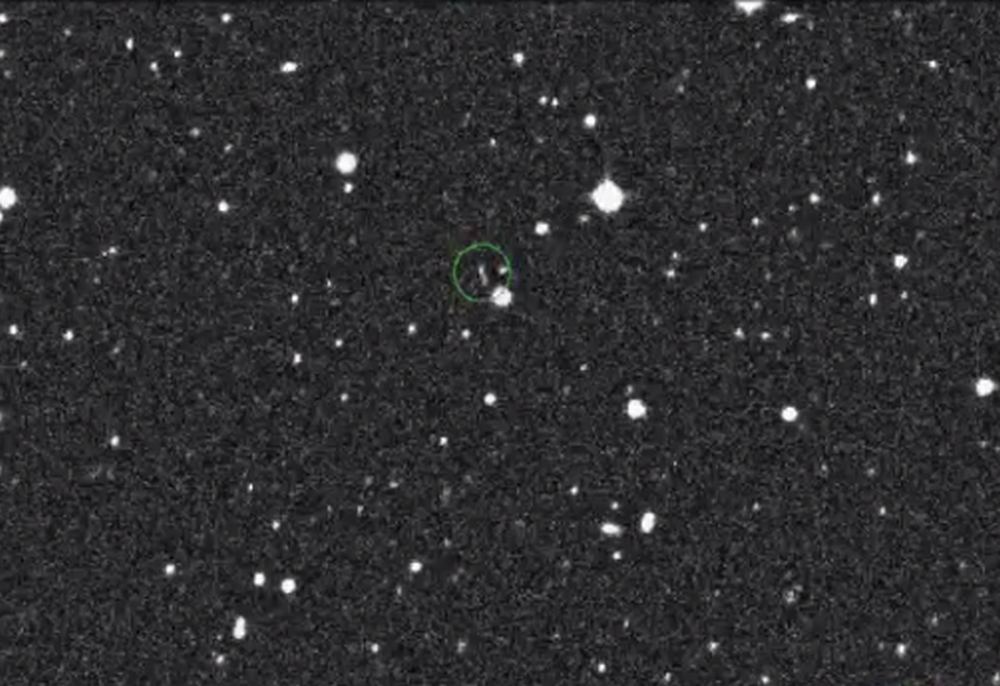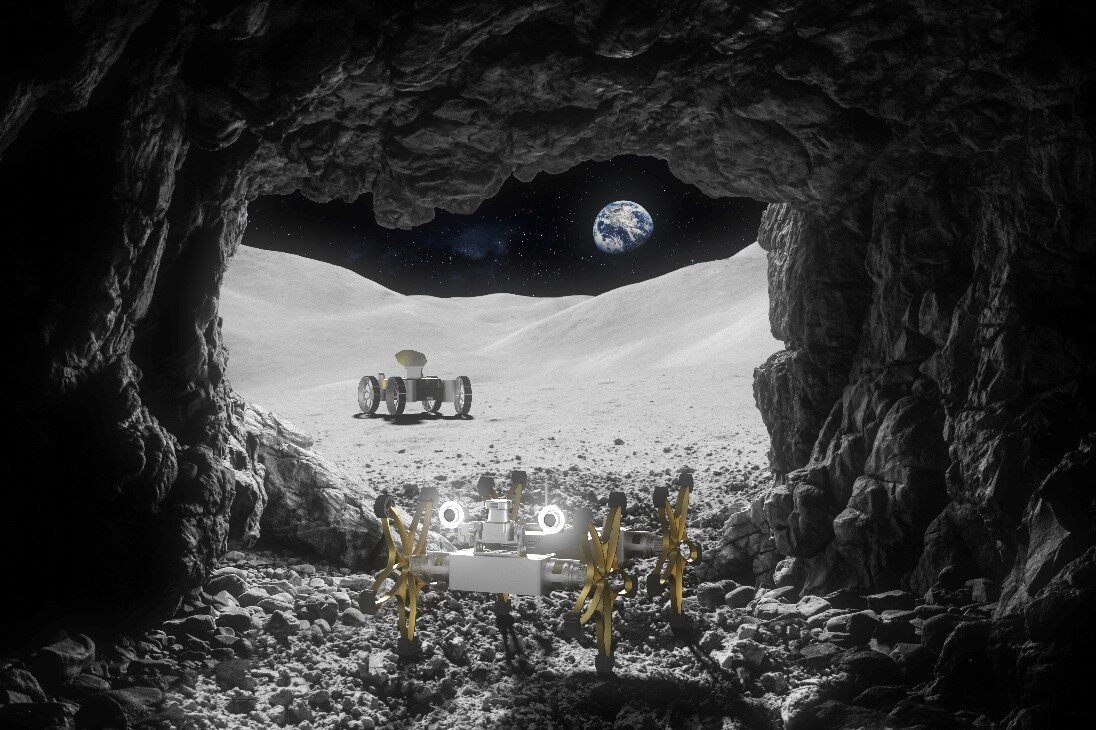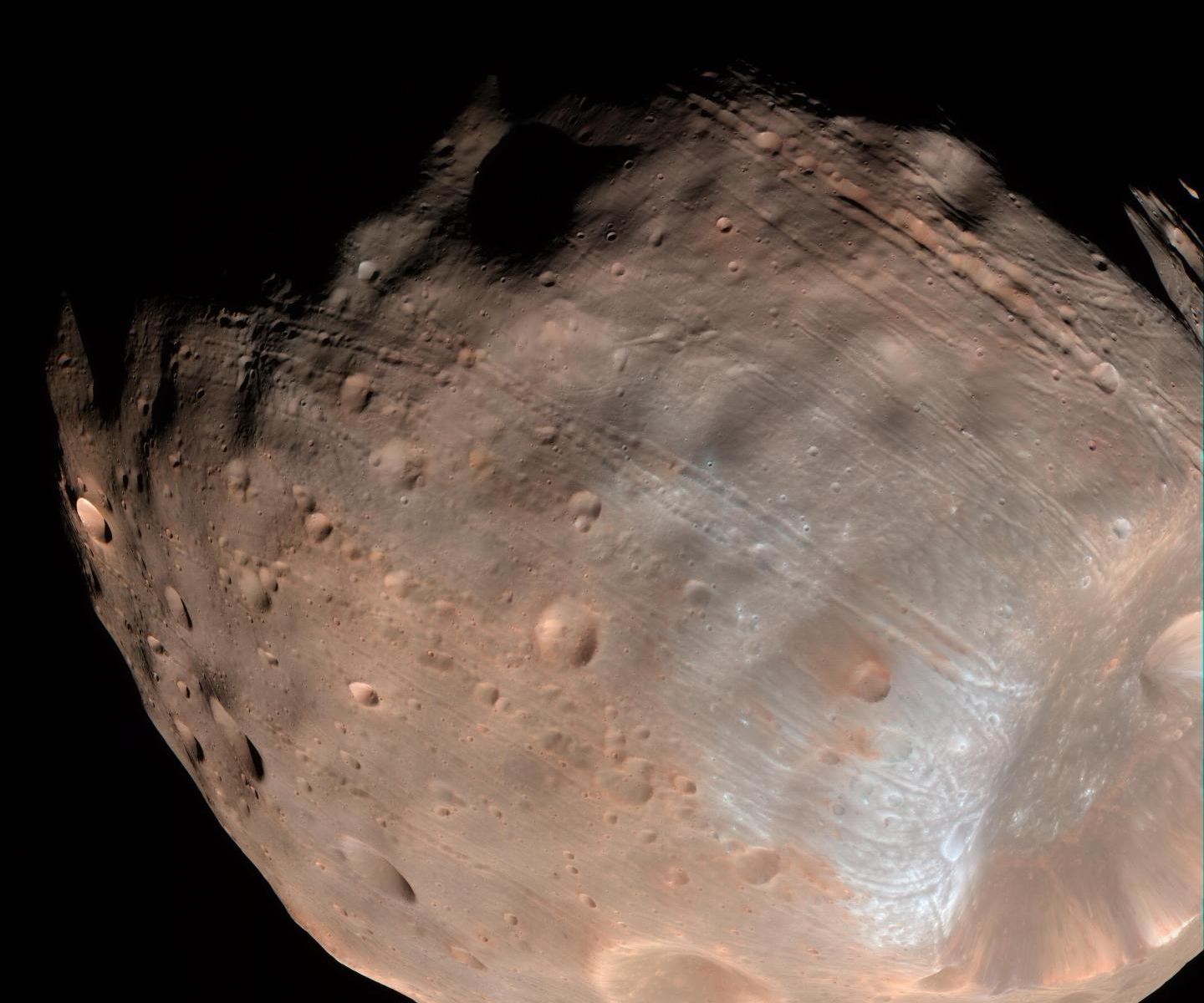Has humanity been doing it all wrong? We’re busy staring off into space with our futuristic, ultra-powerful telescopes, mesmerized by ethereal nebulae and other wondrous objects, and trying to tease out the Universe’s well-kept secrets. Turns out, humble, ancient clams have something to tell us, too.
Continue reading “70 Million Years Ago, Days Were 30 Minutes Shorter, According to this Ancient Clam”70 Million Years Ago, Days Were 30 Minutes Shorter, According to this Ancient Clam
